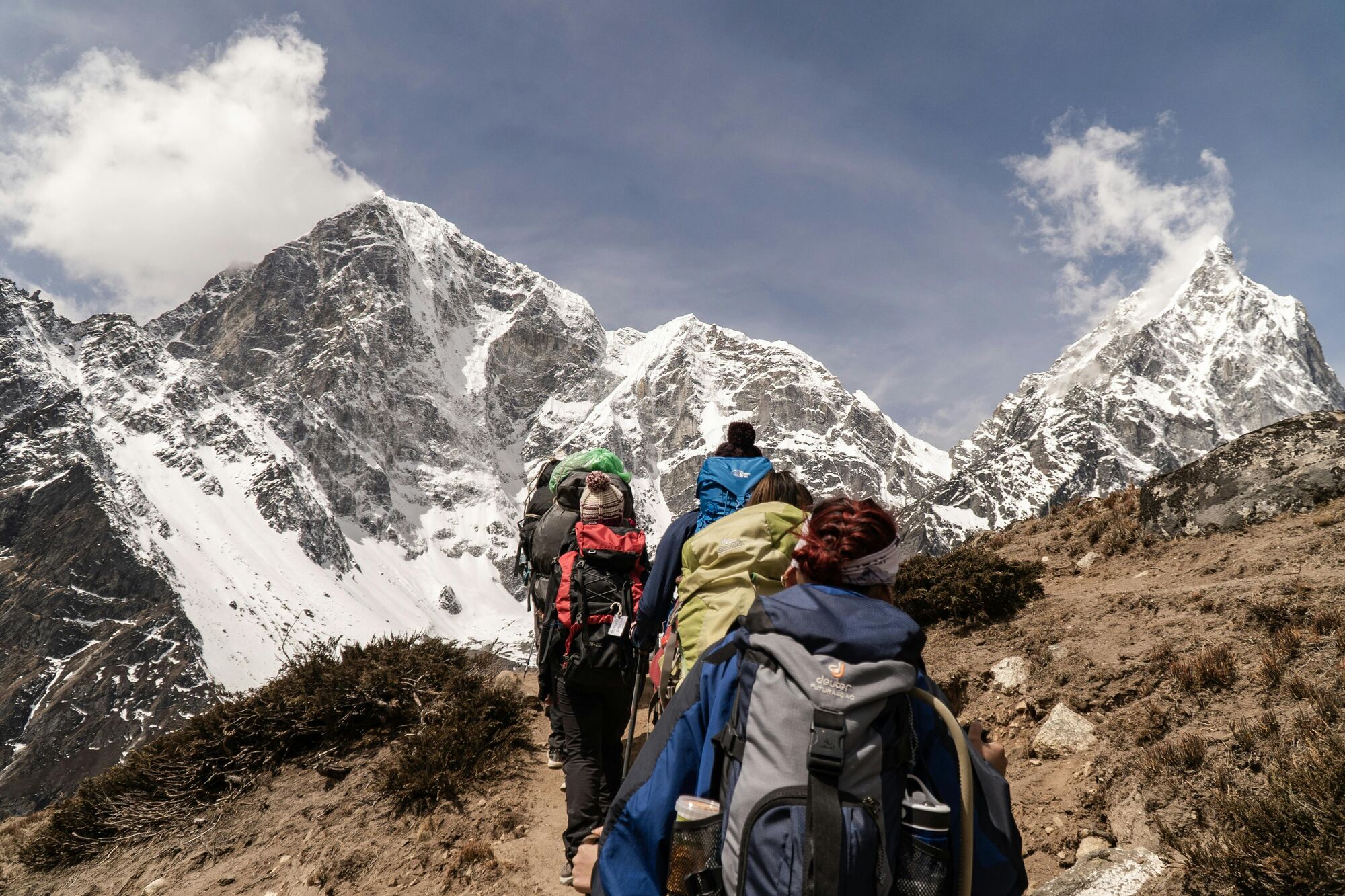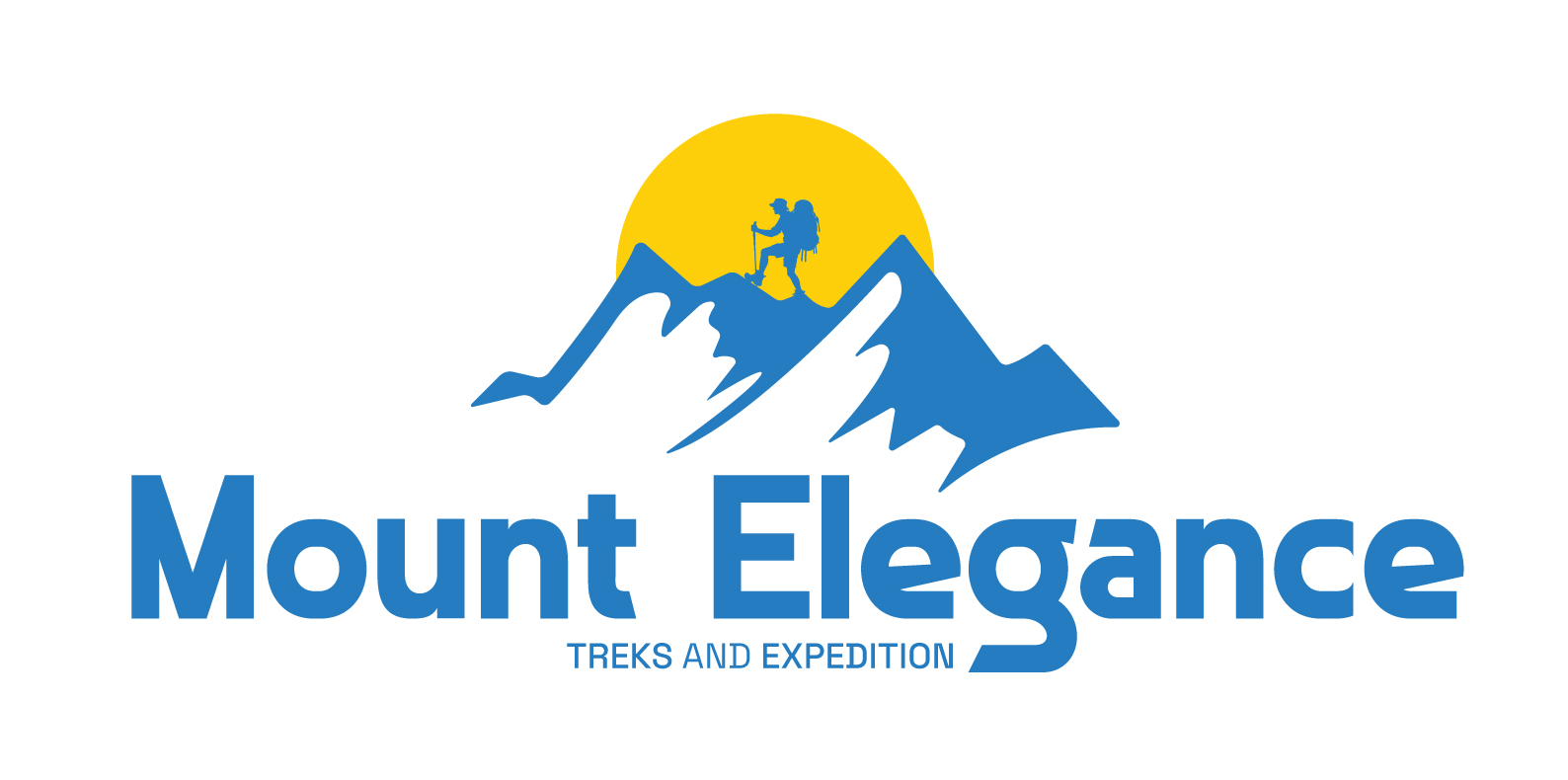Trekking in Nepal: A Journey Through Nature and Culture

Nepal, the small Himalayan nation nestled between India and China, is a trekker’s paradise. It beckons adventurers, nature lovers, and seekers with its awe-inspiring landscapes and rich culture. Home to eight of the world’s fourteen tallest peaks, including the mighty Mount Everest, Nepal offers an unparalleled trekking experience. But why should you trek in Nepal? Let’s explore the reasons, challenges, and the breathtaking beauty that awaits.
Why Trek in Nepal?
Bucket-List Destination for Outdoor Enthusiasts
Nepal is a must-visit destination for outdoor lovers. Whether you’re a seasoned hiker or a beginner, Nepal offers trails for everyone. Iconic treks such as the Annapurna Base Camp, Everest Base Camp, Langtang Valley, and the lesser-known Manaslu Circuit promise adventure and stunning panoramas. From glaciated peaks to lush rhododendron forests, terraced rice fields, and time-frozen villages, each trek offers a unique experience.
Cultural Odyssey
Trekking in Nepal is not just about mountains; it’s a cultural journey. As you traverse through Sherpa villages, sip traditional butter tea, and witness the fluttering of Buddhist prayer flags, you experience the warmth of Nepali hospitality. Every heartfelt “Namaste” and smile from locals leaves an indelible mark on your journey.
Personal Fulfillment
Trekking in Nepal offers more than physical exertion. It provides a chance to disconnect from the chaos of modern life and reconnect with nature. Breathing the crisp mountain air, standing at a high pass, and witnessing a Himalayan sunrise instills a profound sense of peace and accomplishment.
Challenges of Trekking in Nepal
Rugged Terrain and High Altitude
Trekking in Nepal is not for the faint-hearted. The rugged terrain, high altitudes, and unpredictable weather test your endurance. Altitude sickness is a real concern above 3,000 meters (9,800 feet), causing headaches, nausea, and breathlessness if you ascend too quickly.
Remote and Basic Amenities
Remoteness is part of Nepal’s charm but also a challenge. Many treks lack modern conveniences like Wi-Fi, hot showers, or reliable electricity. Teahouses provide humble lodging and meals but often have thin mattresses and limited menu options, with dal bhat (lentils and rice) being the staple.
Unpredictable Weather
Weather conditions can be unpredictable, especially in the spring (March-May) and autumn (September-November) trekking seasons. Sunny mornings can quickly turn into foggy afternoons or unexpected snowfall. Preparedness with quality gear and a flexible mindset is essential.
The Beauty of Nature in Nepal
Majestic Himalayan Landscapes
The beauty of Nepal is indescribable. Imagine trekking with burning legs, turning a corner, and seeing Annapurna I bathed in the morning light. Or enjoying a warm cup of tea at Everest Base Camp, surrounded by the giants of the Khumbu region. The Himalayas don’t just impress—they humble.
Biodiversity and Wildlife
Nepal is a biodiversity hotspot. At lower altitudes, pine forests and blooming rhododendrons (Nepal’s national flower) paint the hills red, pink, and white in spring. Higher up, the landscape becomes stark and lunar, with jagged peaks, glaciers, and turquoise alpine lakes like Gokyo and Tilicho. Wildlife sightings include blue sheep, Himalayan tahr, and the elusive snow leopard.
Nature’s Symphony
Trekking in Nepal offers more than just visual beauty. The crackle of snow underfoot, the rumble of glacial rivers, the distant ring of yak bells—these sounds create a nature symphony. The night sky, free from city lights, bursts with stars, reminding you of the vastness and wildness of the world.
Best Time to Trek in Nepal
Spring (March-May)
Spring offers clear skies, blooming flowers, and mild temperatures, making it ideal for trekking.
Autumn (September-November)
Autumn is the most popular trekking season due to stable weather and breathtaking views.
Winter and Monsoon
Winter (December-February) is colder but less crowded, while the monsoon season (June-August) offers lush landscapes but slippery trails.
Essential Tips for Trekking in Nepal
- Prepare for Altitude: Ascend slowly and stay hydrated.
- Invest in Quality Gear: Good boots and warm clothing are essential.
- Hire a Guide or Porter: They provide local insights and ease the journey.
- Respect Local Culture: Be mindful of customs and traditions.
Trekking in Nepal is more than just a journey—it’s a life-changing experience. It challenges your body, enriches your mind, and offers stories to share for a lifetime. From conquering high passes to enjoying a simple warm meal after a long day, Nepal delivers an unparalleled trekking adventure. So, lace up your boots, embrace your sense of wonder, and discover why trekking in Nepal is an experience like no other.
